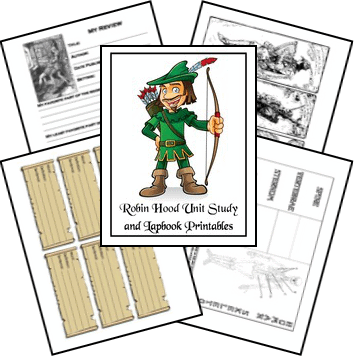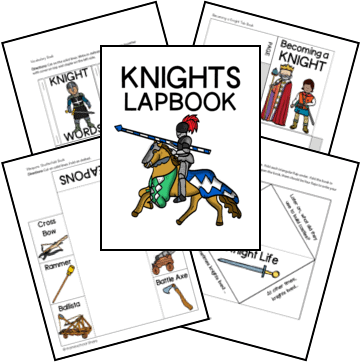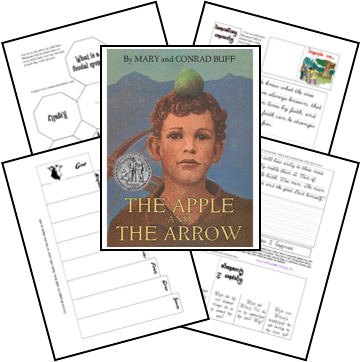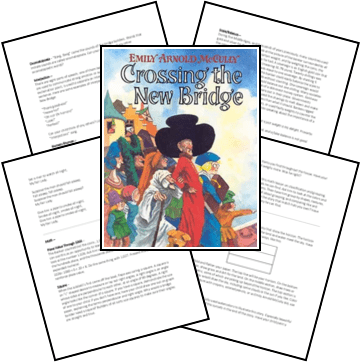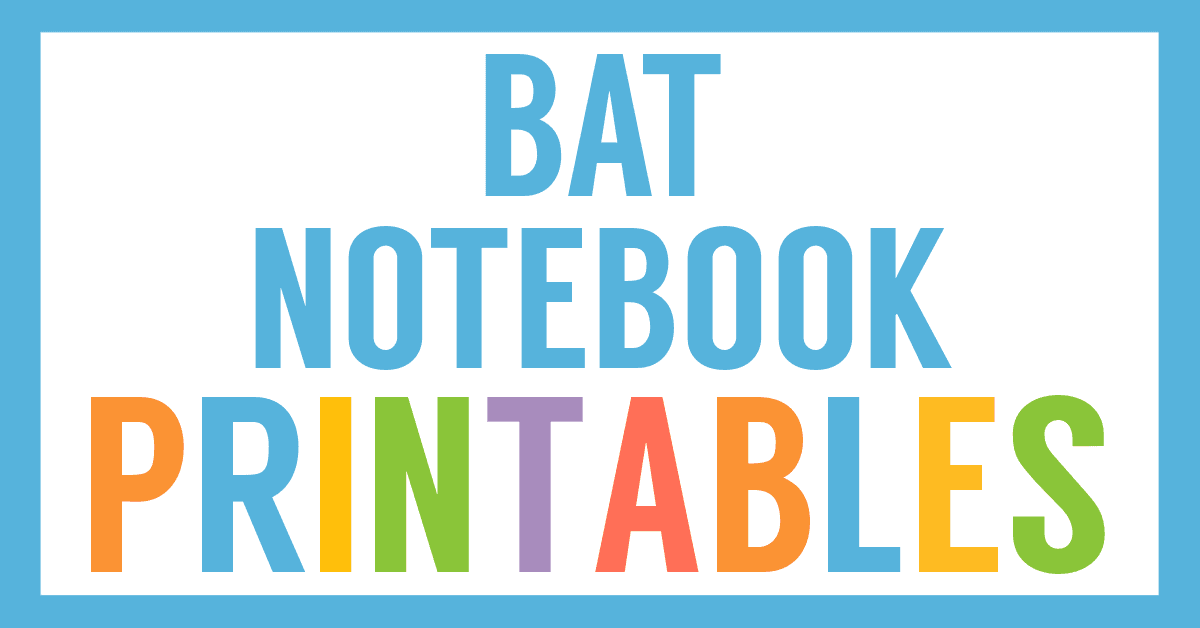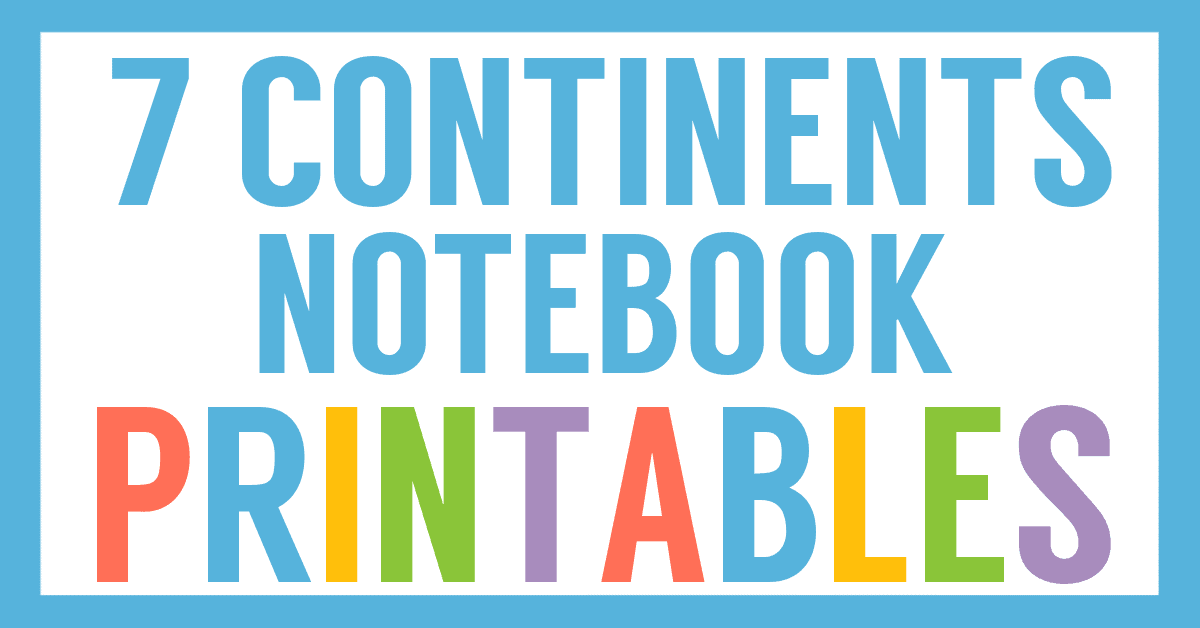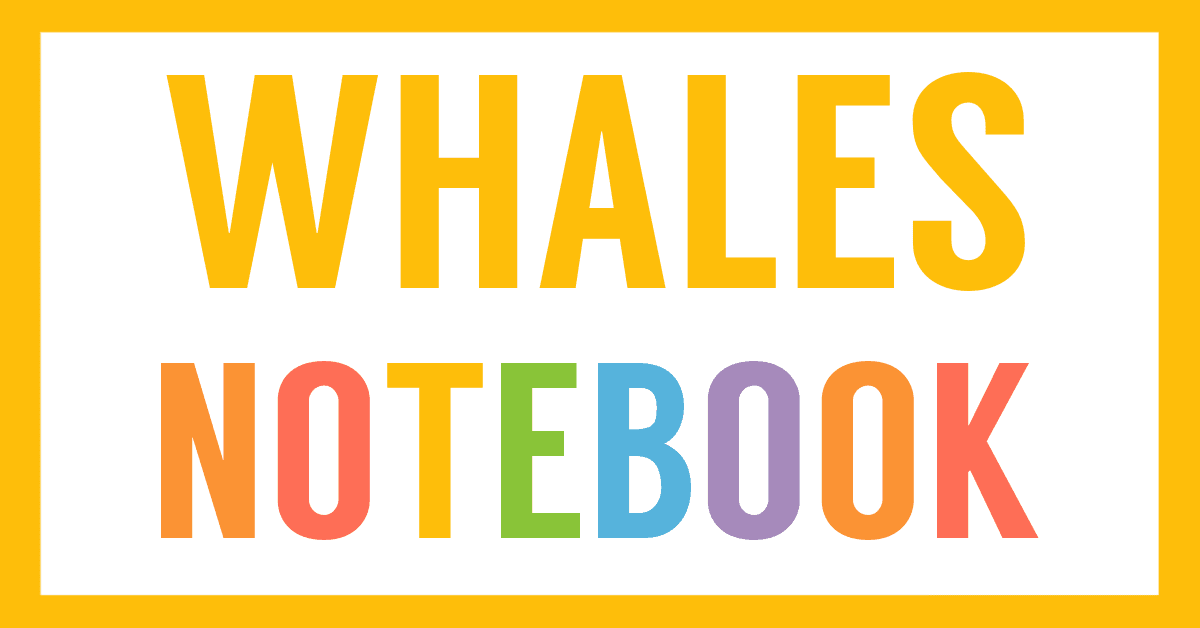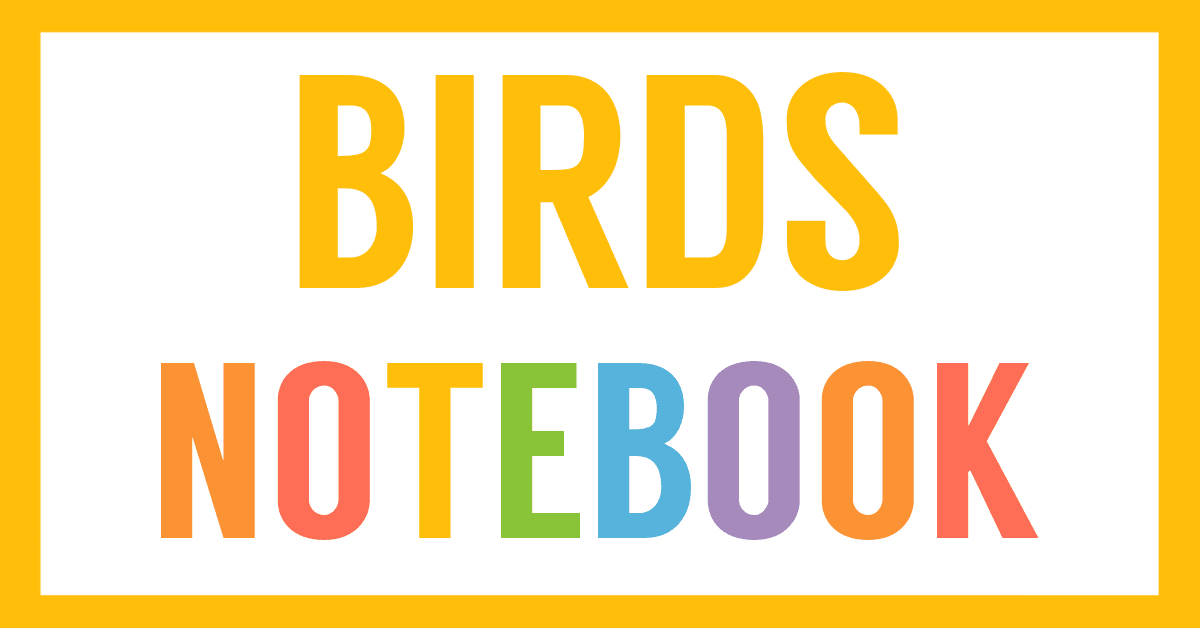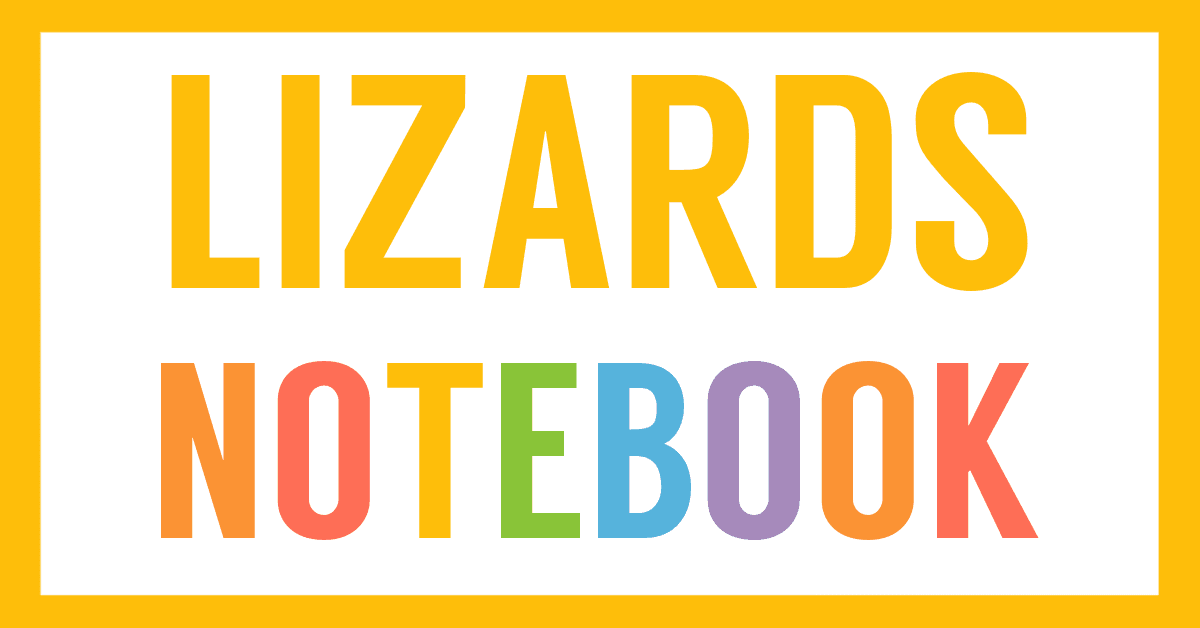Affiliate Disclaimer
We sometimes use affiliate links in our content. This won’t cost you anything, but it helps us to keep the site running. Thanks for your support.
Thanks to Wende for preparing this Robin Hood Unit Study & Lapbook.
Robin Hood Unit Study Lessons
This unit study includes lessons and printables based on the book Robin Hood by Margaret Early. Note: If you can’t find the Margaret Early version, you can use a different version of Robin Hood.
This unit study is crammed full of great lessons. Here are some sample lessons from the Robin Hood Unit Study:
Language Arts: Legends
The story of Robin Hood is a legend that has captivated readers and writers for centuries. A legend is a story that is thought to hold some historical truth, and has been preserved through the years by tradition and popularity. The earliest accounts have been traced to ballads written in the 14th century, and in the following two centuries, dozens of long poems, ballads, and dramas fleshed out the story. There have been versions and/or mentions of Robin Hood told by prominent authors such as Sir Walter Scott, John Keats, and Howard Pyle. Some people believe that Robin Hood was an actual person, and he is identified by various names such as Robert Fitzooth, the earl of Huntington, Robyn Hode, and Robert Hood. Others believe that Robin was not a real person and that the stories about him were developed as a way for oppressed people to express their discontent with overbearing government authorities, laws restricting hunting and farming rights, dishonest church officials, and other social injustices. Most of the legends about Robin Hood do accurately portray him in real settings with real people.
With the growth of media in the 20th century, many movies appeared telling the legends on Robin Hood to modern generations. Try to obtain at least one version to view while sharing this unit. Some possibilities are Robin Hood (1922), a silent film starring Douglas Fairbanks, The Adventures of Robin Hood (1938), an action-adventure with Errol Flynn, Robin Hood: Prince of Thieves (1991) starring Kevin Costner, or an animated version such as Disney’s Robin Hood. (Note: Please preview all to determine suitability for your family)
History: King Richard the Lion-Hearted
King Richard the First, also called Richard the Lion-Hearted, lived from 1157 to 1199. He became king of England in 1189 after his father, King Henry the Second’s reign. Almost immediately, King Richard borrowed money wherever he could and prepared for the Crusades. King Richard was a great fighter and a famous Crusader, but he wasn’t much help to the people of his kingdom because he spent so much time outside of England. In 1192, while returning from the Holy Land to England, Leopold, the Duke of Austria, captured King Richard because the King had insulted him. He was detained until a heavy ransom was paid, and King Richard finally arrived back in England in 1194. King Richard died in 1199 when he was struck with an arrow while attacking a castle in France. His brother John took his place as King.
Science: Survival in a Forest
Humans have some very basic needs to be met for survival. Among them are water, food, and shelter. Living as outlaws in the forest, how do Robin and his friends find these basic needs? They get their water from the streams, and the woods are “abounded in wild game and streams of fish” to keep them in food. For shelter they build log huts and live in “caves to keep them warm and dry”. They are resourceful living in the woods, and are faring out better than some of the subjects who died of starvation. Imagine yourself being stranded in the woods. How would you survive? Would you know which nuts or berries are ok to eat? Do you know how to hunt and cook your prey? Where could you find water? What would you do for shelter? Write a survival story about yourself. Many nature centers have classes to tell you what is edible in your local environment. Use as many realistic elements in your story as possible. Research ways to obtain drinking water when there isn’t any clean, running water available. Read other survival stories such as Robinson Crusoe.
You can grab a copy of the entire Robin Hood Unit Study and Lapbook in an easy-to-print file at the end of this post.
Robin Hood Lapbook Printables
In addition to the unit study lessons, this file also includes a Robin Hood Lapbook for your student. It contains gobs of notebook pages and mini-books, including these:
- Vocabulary Scrolls
- Medieval Occupations Notebook Page
- Conflict Activity Page
- Middle Ages Timeline Notebook Page
- Normans vs. Saxons Matchbook
- Medieval Britain Map
- King Richard the Lion-Hearted Notebook Pages (several to choose from)
- Quarterstaff Accordion Book
- Robin Hood Notebook Page
- Little John Notebook Page
- Friar Tuck Notebook Page
- Human Skeleton Flap Book
- Arm Bones Simple Fold Book
- Broadsword Flap Book
- Character Comparison Venn Diagram
- Archery Physics Shape Book
- Archery Safety Matchbook
- Make Your Own Shield
- Book Review Notebook Page
- Crossword Puzzle
- Word Finds
- And more!
You may want to use a three-ring binder for your student’s printables for this unit study. You can add notebook pages as well as mini-books (glued to cardstock) to the binder.
How to Get Started with Your Robin Hood Unit Study & Lapbook
Follow these simple instructions to get started with the Robin Hood Unit Study:
- Buy a copy of the book, Robin Hood by Margaret Early, or borrow one from your local library.
- Print the Robin Hood unit study.
- This Robin Hood unit study includes tons of great lessons. Choose the lessons you want to use with your student (a highlighter works great for this).
- Choose and prepare the lapbook printables that match the lessons you want to use with your student.
- Enjoy a week of hanging out in Sherwood Forest.
Get Your Robin Hood Unit Study & Lapbook
Simply click on the image below to access your free Robin Hood Unit Study and Lapbook.
Learn More About The Middle Ages
Check out these unit studies and lapbooks to learn even more about The Middle Ages.

